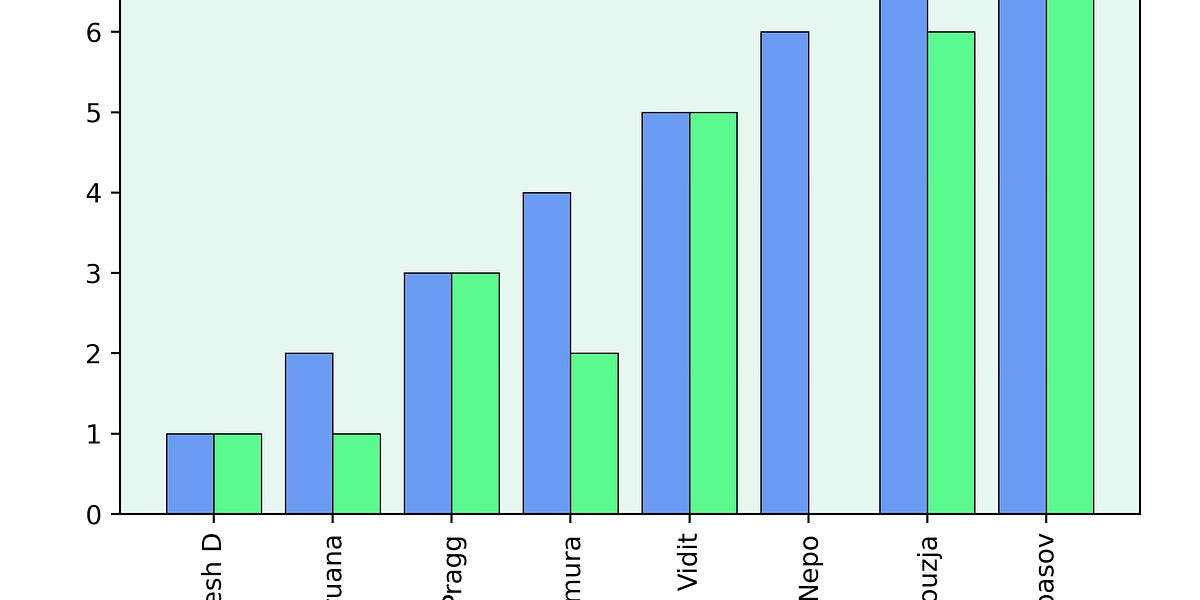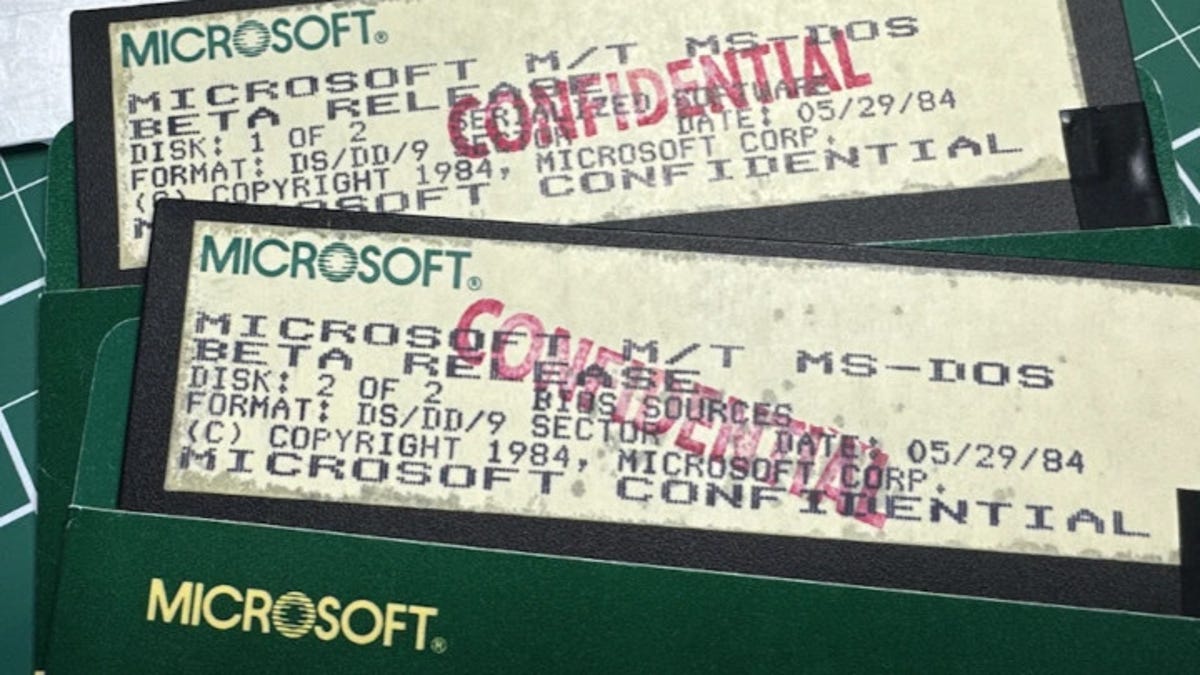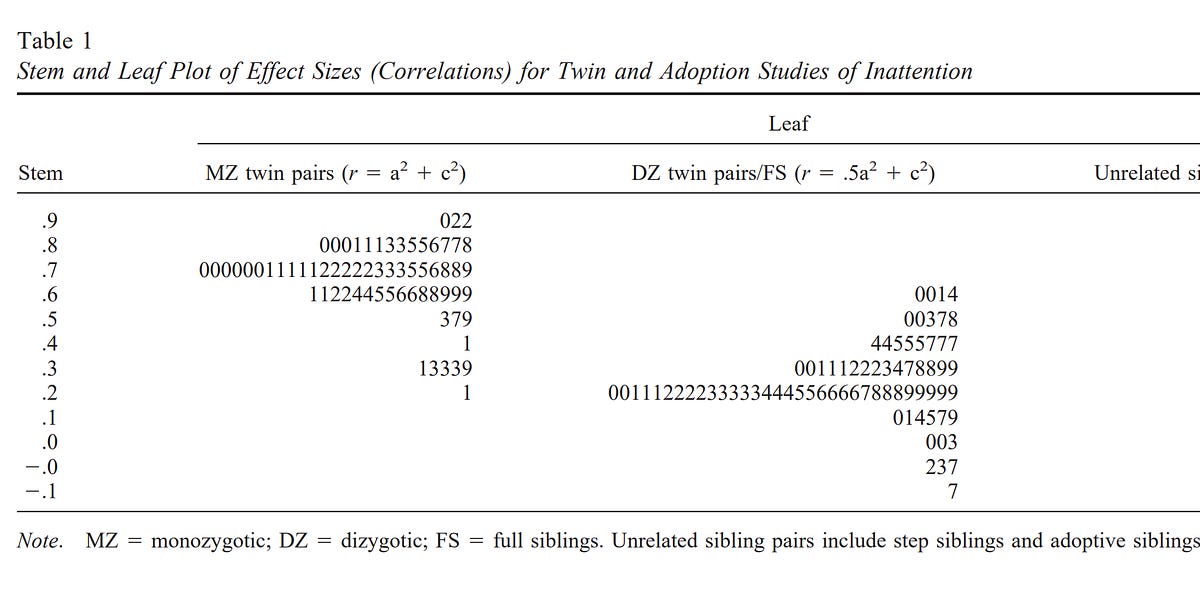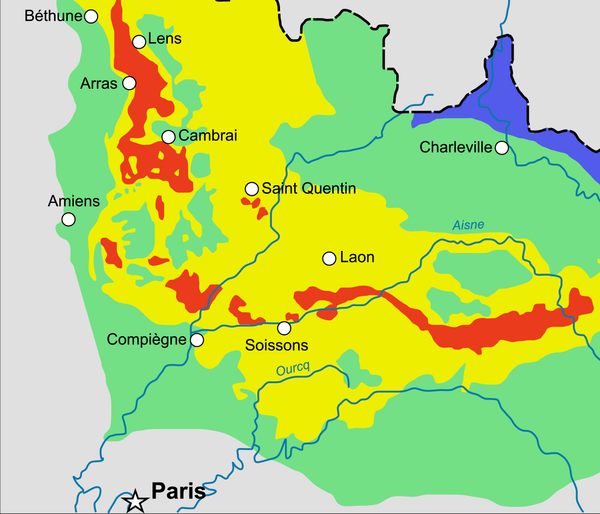Food claiming to have 'wild mushrooms' rarely does, study finds: DNA barcoding revealed products mostly contain cultivated fungi, and a few poisonous mushrooms -- ScienceDaily
Harvesting wild mushrooms requires an expert eye to distinguish between the delicious and the inedible. Misidentification can have a range of consequences, from a disgusting taste and mild illness to organ failure and even death. Culinary wild mushrooms staples, such as truffles or porcini, require symbiotic relationships with specific plants in the ecosystem that make it impractical or impossible to produce them commercially. This means they can only be harvested from their natural habitat, which is why porcini and truffles are often so expensive. Many food producers opt for common fungi that can be cultivated easily and grown in large quantities, such as oyster, shiitake, and portabella mushrooms.
The United States has minimal regulations around the harvest and sale of wild fungi. Food products that tout "wild mushrooms" as ingredients are often vague and non-specific, making it impossible to know if the products are truly wild or just cultivated varieties, or even if they contain poisonous mushrooms harmful to humans.
In a new study, researchers from the University of Utah (U) and the Natural History Museum of Utah (NHMU) used DNA barcoding techniques to test what mushroom species made up 16 food products that listed "wild mushrooms" on their labels. The authors sourced soups, dried mushrooms, powdered mushrooms, pasta sauces, and flavor enhancers from local grocery stores around Salt Lake City, Utah, and a large online retailer.














